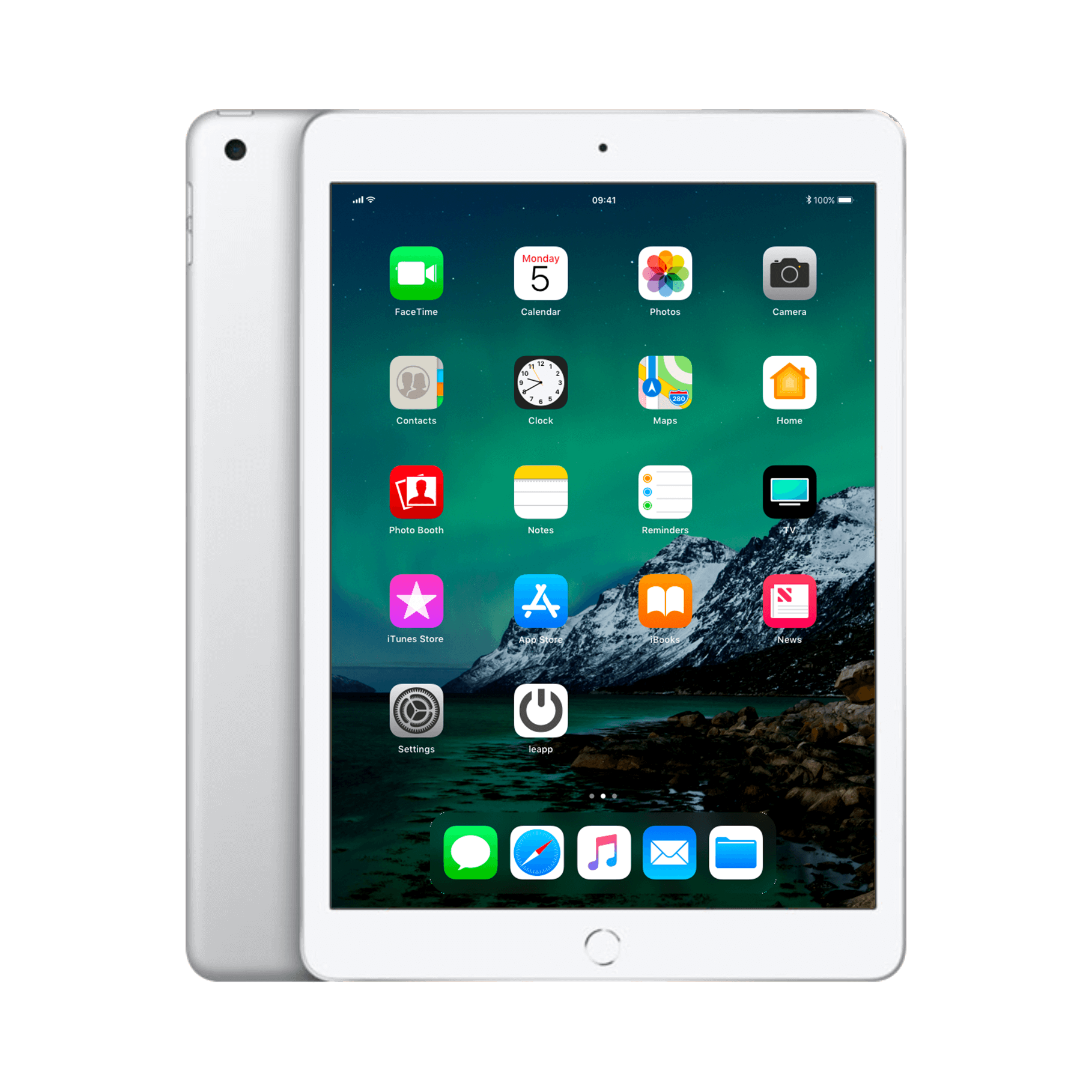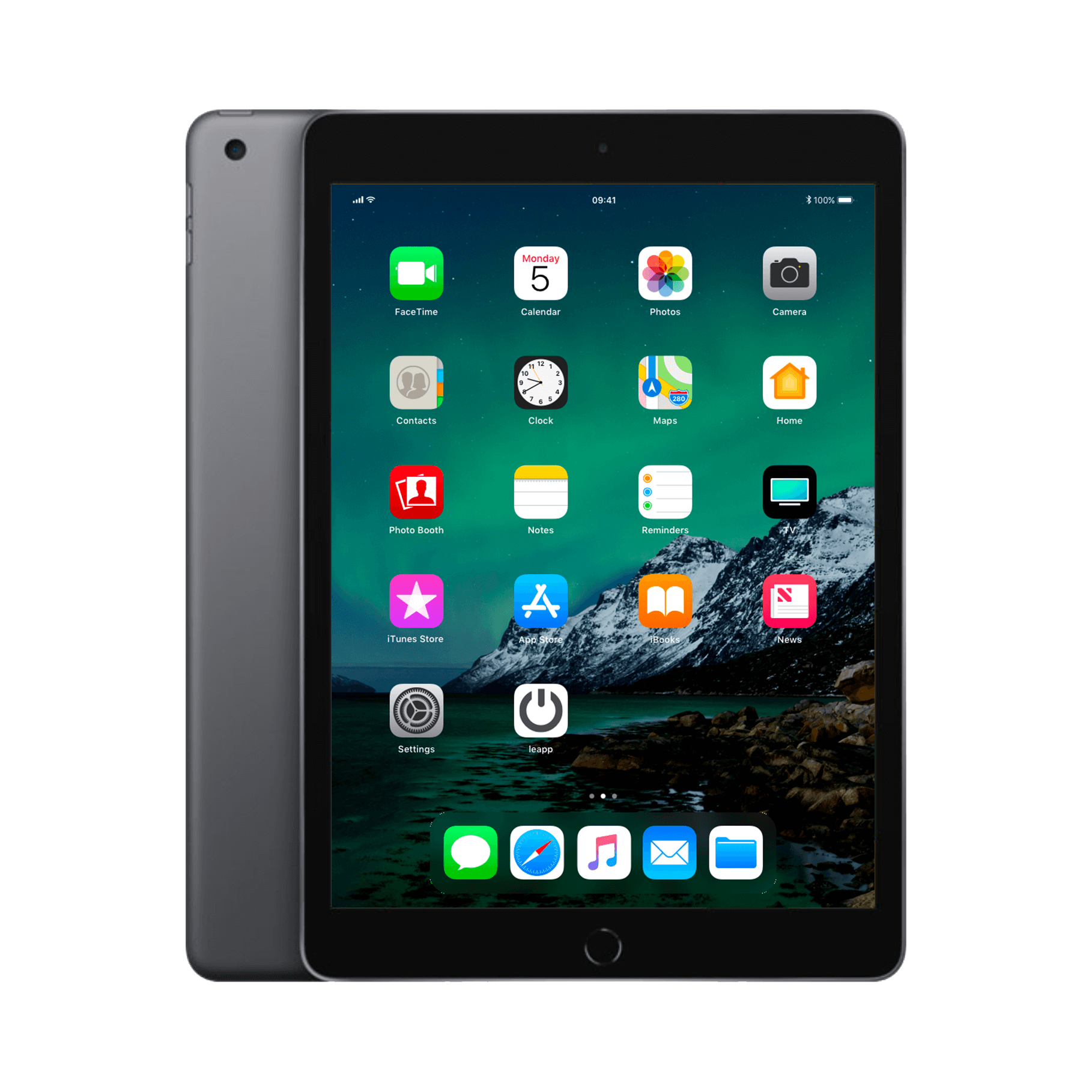iPad locked? Don't panic
Your iPad isn't working. "iPad not available" is displayed on the screen. You need it for work, school, basically everything. It's easy to panic. You try your password again, and again. Nothing. The tablet remains locked.
But here's what no one tells you: 9 times out of 10, the problem isn't with your iPad itself. It's not an expensive repair waiting for you. No hassle with Apple Support. It's often simply a security measure that's activated itself. A few quick steps and you're back in. Even with refurbished models, it works exactly the same way. The only question is: do you know the right tricks?
Useful links
- iPad collection - find a reliable replacement
- Accessories - protective covers and more
- MacBook collection - as a temporary alternative
The different notifications explained
The infamous "iPad unavailable" message has several variations. You might see "iPad unavailable, try again in 5 minutes" or the English version "Security Lockout." Sometimes it even says "iPad is disabled, connect to iTunes." Each message has its own meaning, but the result remains the same: your tablet is temporarily unusable.
The most common cause is simple. After six incorrect attempts, the device locks itself. This is Apple's way of protecting your data from unauthorized access. The system becomes stricter with each incorrect attempt: first a one-minute wait, then five, then fifteen, until finally an hour or a complete lockout.
Direct solutions per scenario
Scenario 1: You still know the password
Simply wait for the specified time. No panic, no tricks. After the waiting period, you can try logging in again. Make sure you use the correct password—capitalization and numbers make a difference. Type slowly and with concentration.
If necessary, enable the virtual keyboard for password entry. This prevents typos caused by accidental touches. Go to Settings > Accessibility > Touch > AssistiveTouch to enable this feature.
Scenario 2: Forgotten password without backup
This gets trickier. You'll need to completely wipe and reset the device. Connect your tablet to a computer using iTunes (Windows) or Finder (Mac). Put the device in recovery mode:
- For models with a Home button: Press and hold the Home button and the Power button at the same time
- For models without a home button: Press and release volume up, then volume down, then hold the power button
- Keep holding until the recovery mode screen appears
In iTunes or Finder, select "Restore iPad." This will erase all data but make the device usable again. After the restore process, you can set a new password.
Scenario 3: with iCloud backup available
Have you enabled Find My iPad? Perfect. Log in to icloud.com from another device. Go to "Find My" and select your locked tablet. Select "Erase iPad" to remotely reset the device.
After erasing, you can restore your device from your iCloud backup. During installation, select "Restore from iCloud Backup." All your apps, photos, and settings will be restored, minus the forgotten password, of course.
Preventive measures
Prevention is better than cure. Set Face ID or Touch ID as your primary unlock method. These biometric options are not only more secure but also more user-friendly. After all, you won't forget your face or fingerprint.
Make regular backups. Both via iCloud and locally on your computer. A double backup provides peace of mind. Set up automatic iCloud backup in Settings > [Your name] > iCloud > iCloud Backup.
Use a password manager for all your passwords. Apps like 1Password or Bitwarden store everything securely. You only need to remember one master password; the app takes care of the rest.
Specific tips per user group
For parents with children
Children love to experiment with passwords. Set up parental controls to prevent unwanted blocking. Create a separate child user profile with restricted permissions. This way, they can't accidentally change the master password.
Teach children the importance of password security, but also give them a simple code for their profile. This prevents frustration and unnecessary blocks.
For business users
Company tablets require extra attention. Use MDM (Mobile Device Management) software for centralized management capabilities. IT administrators can remotely unlock blocked devices without losing data.
Create separate profiles for work and personal information. This separates sensitive company information from personal data. In the event of a problem, business information remains protected.
For students
During exam periods, a locked tablet is disastrous. Save important documents in the cloud. Use multiple cloud services like iCloud, Google Drive, and OneDrive for added security.
Take screenshots of important notes. They'll remain accessible on other devices if your tablet freezes. Automatically sync note-taking apps like GoodNotes or Notability.
When to seek professional help
Sometimes you can't fix it yourself. The device isn't responding to restore attempts, iTunes doesn't recognize it, or error codes appear. Professional assistance is necessary.
For hardware problems, visit a certified repair technician. A faulty home button or touchscreen can cause blocking issues. These physical defects require component replacement.
For software issues that iTunes doesn't resolve, consider DFU mode (Device Firmware Update). This is more in-depth than regular recovery mode but requires precision. Incorrect actions can damage the system.
Alternatives during downtime
Your tablet is locked, but life goes on. Temporarily use your smartphone for essential tasks. Most apps sync across devices. Your work remains accessible.
Consider a refurbished replacement device if the blockage is long-term. These are affordable and readily available. Perfect as a temporary solution during repairs.
Use web versions of apps on a computer. Microsoft Office, Google Workspace, and even many drawing apps have browser versions. Not ideal, but functional.
Avoiding common mistakes
Don't try to hack with dubious software. Online tools that promise to unlock locked tablets are often malware. They exacerbate the problem or steal your data.
Don't force any hardware intervention. Disassembling your device to bypass the block won't work. Modern security systems are integrated into the software, not in separate components.
Don't fall for phishing. Criminals send fake emails about blocked Apple IDs. Apple never asks for passwords via email. Always check the sender.
The future of tablet security
Apple is constantly improving security systems. Future updates may introduce facial recognition that recognizes multiple users, or fingerprints that vary by app.
Biometric security is becoming standard. Passwords are gradually disappearing as the primary access method. This significantly reduces blocking problems.
Cloud integration is becoming more seamless. Future systems may automatically recover from the cloud without data loss. Blockages will become temporary inconveniences instead of major problems.
Conclusion
A locked iPad feels like a disaster, but in reality, it's not so bad. In almost all cases, you can get it working again with the right approach: wait, restore via iTunes, or restore via iCloud. The most important thing is to stay calm and work systematically.
Prevent future lockouts by setting up Face ID and making regular backups. If your tablet is truly beyond repair, you'll always find a reliable alternative in our refurbished iPad collection . So don't panic, just do it.























